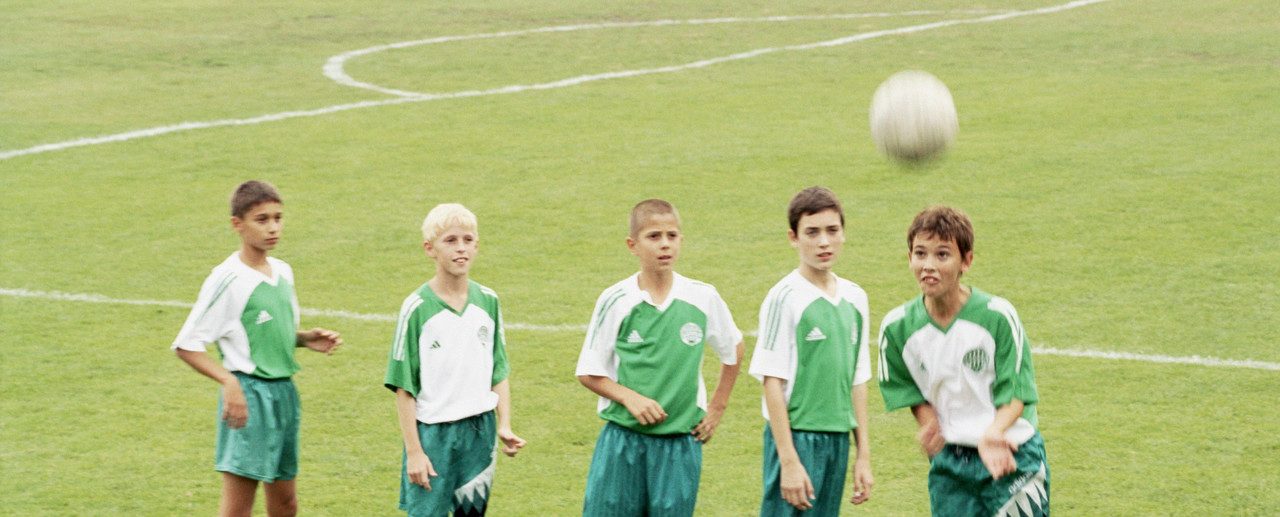February 23, 2018
Arts AND Sciences: Bringing The STEAM Movement Home

What kinds of jobs will await our young students when they are ready to enter the workforce? The reality is no one really knows. What we do know is that we need to prepare kids for an uncertain future, and to do that we need to cultivate a number of skills that will help them navigate their way toward success.
Which brings us to the STEAM movement, which adds the ARTS (that’s the “A”) to the national STEM (Science, Technology, Engineering, Math) agenda. Why STEAM? Consider the following perspective offered on the RISD (Rhode Island School of Design) website, which reflects their role as catalysts of the STEAM movement:
“The goal is to foster the true innovation that comes with combining the mind of a scientist or technologist with that of an artist or designer…. Art teaches the flexible thinking, risk-taking and creative problem solving needed to solve today’s most complex and pressing challenges.…”
YOU MIGHT ALSO LIKE: 3 Ways to Promote Creativity Through Art-Based Play
While educators are pursuing STEAM, it’s also important to realize that parents can promote the process in even young children through application of art-based play. For example, there is much to be gained by offering young children fun activities using typical staples of childhood such as Play-Doh. Here are links to four types of activities that map onto 21st century skills – skills that are essential for the sciences – which foster the hands-on experiential and experimental thinking and actions of the scientist:
Critical Thinking and Problem Solving: Blending colors is a sensory-based activity that encourages kids to think critically and solve problems via experimentation.
Creativity: The problem solvers of tomorrow will have cultivated their ability to be creative – meaning being able to do things like thinking outside the box and improve existing ideas. Encouraging kids to make stories via their creations is a great way to stimulate the imagination.
Collaboration: The complexity of today’s – and tomorrow’s – problems require collaboration, often amongst a number of people with similar and complementary skill sets. Even young children can be nurtured to learn the roots of collaboration while playing together to create, a talent required in the sciences as well as many other fields.
Communication: Strong communicative skills will be essential in the complex, unpredictable future, especially given that teams of people will be needed to solve problems across many disciplines. Art-based play offers a unique opportunity to develop communication skills in a real and fun way, which simulates what will await in the work place.
The big takeaway for parents is that the arts – especially as a platform for essential play in early childhood – are more important now than ever before for cultivating the cognitive and personal skill sets that will pave the way to a successful future, and should be viewed as being as essential as the core STEM disciplines. The corollary is that while young children should be given lots of opportunities to do whatever they want, a little bit of structuring activities cannot only bring fresh ideas to the mix for kids but also lay foundations for the critical 21st century skills that lay at the intersection of the arts and sciences.
YOU MIGHT ALSO LIKE: How to Give Toddlers an Academic “Edge”


